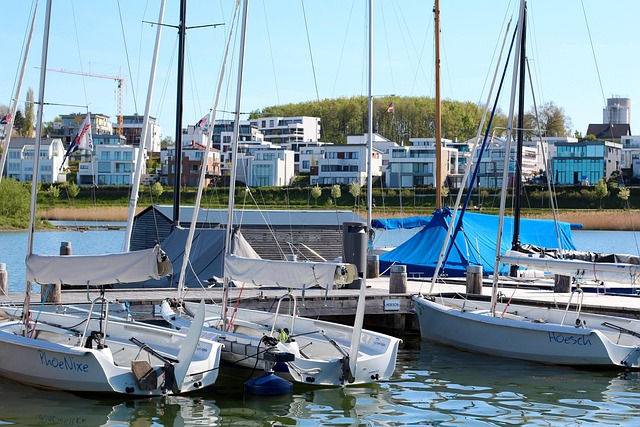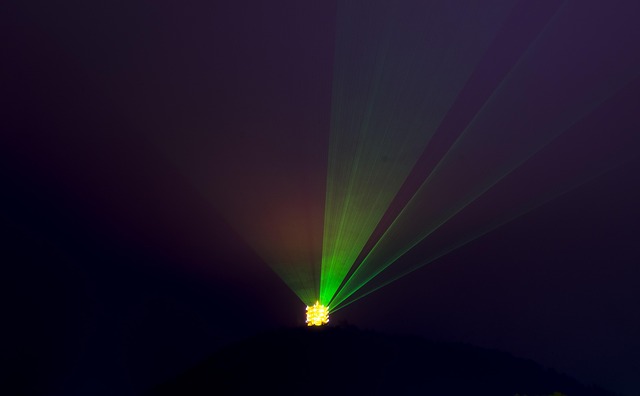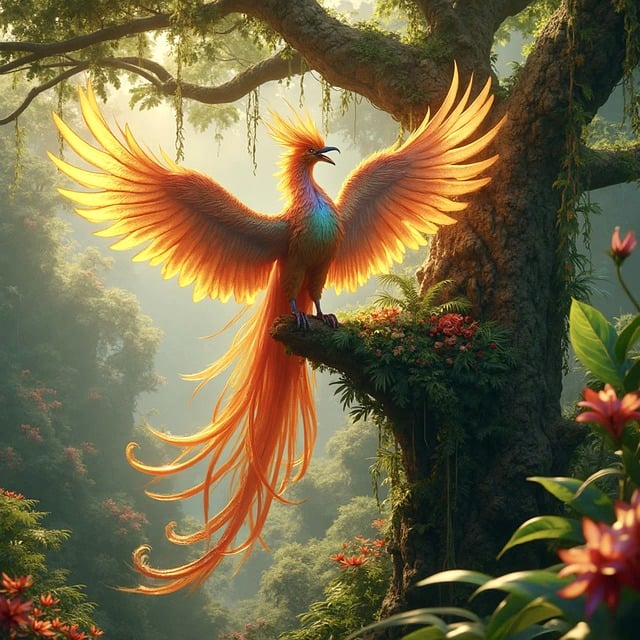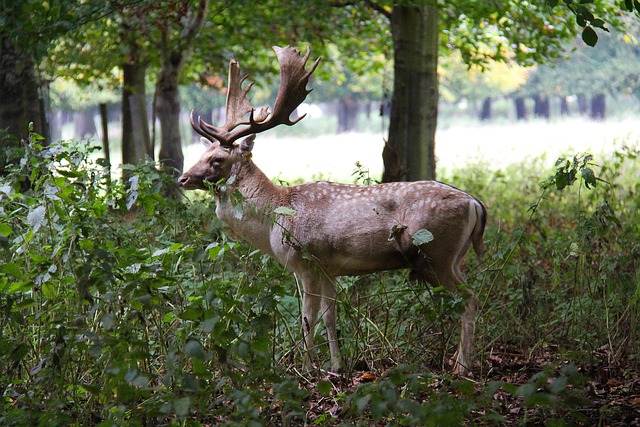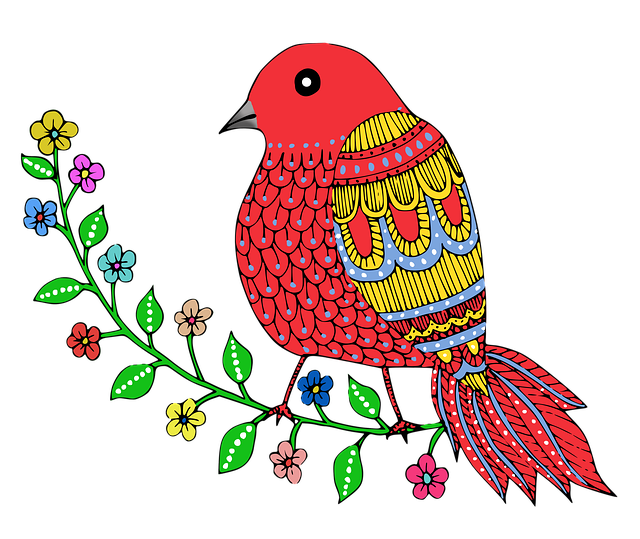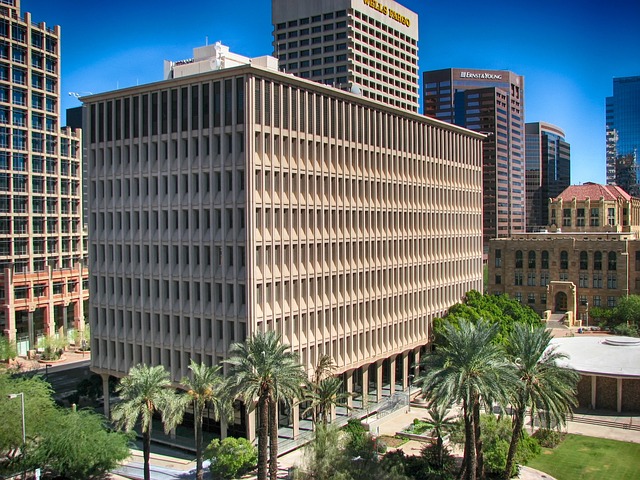Art drives urban transformation, revitalizing neighborhoods and boosting real estate value through cultural hubs that attract diverse populations and stimulate local economies. Integrating artistic spaces fosters creativity, community engagement, and economic growth, making cities more dynamic and desirable for residents and investors alike.
“Explore the dynamic interplay of culture and urban development as we uncover the transformative power of art districts in revitalizing real estate. From bustling cultural hubs to diverse artistic communities, this article delves into the impact of creative spaces on city landscapes.
We examine how art can breathe new life into neighborhoods, attract investments, and foster a unique sense of place. Join us as we navigate urban territories where creativity flourishes, and discover strategies to unlock the immense potential of real estate through cultural initiatives.”
Unlocking Potential: Art's Role in Real Estate Revitalization

Art has long been a driving force behind urban transformation, and its impact on real estate is undeniable. When cultural hubs flourish, they attract artists, galleries, and creative minds, who in turn, revitalize entire neighborhoods. This ripple effect is a powerful tool for real estate developers and city planners. By embracing art districts, areas can undergo a metamorphosis, transforming from stagnant to vibrant communities.
The integration of artistic spaces fosters economic growth, attracts diverse populations, and enhances the overall quality of life. Art galleries, studios, and cultural events become magnets for locals and visitors alike, stimulating local businesses and increasing property values. This synergy between art and real estate has the potential to create sustainable, culturally rich urban environments that are both desirable and dynamic.
Urban Landscapes: Where Culture Meets Diversity
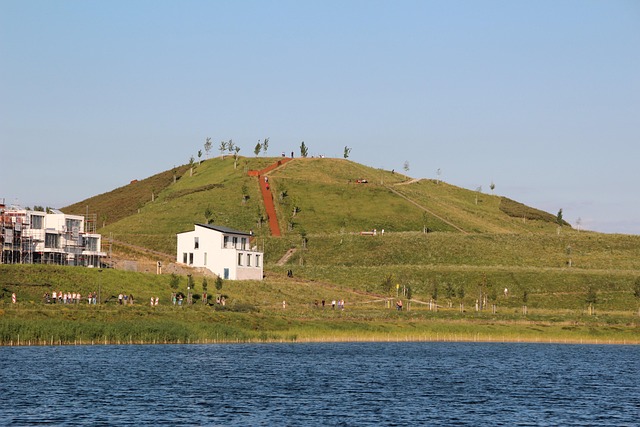
Urban landscapes, especially in vibrant cities, are not just physical spaces but dynamic tapestries where diverse art districts weave their unique threads. These cultural hubs become a reflection of the city’s identity, attracting locals and visitors alike. Real estate plays a pivotal role here; it’s not merely about buildings but creating environments that foster creativity and cultivate a sense of belonging.
Artistic diversity is nurtured through thoughtful urban planning, where galleries, studios, and performance spaces are strategically integrated into the fabric of the city. This blend of creative outlets and residential areas inspires a lively exchange of ideas, making these districts bustling centers of cultural evolution. The result is a metropolis that breathes life and color, offering its residents and tourists alike an enriching experience in every corner.
Investing in Creativity: The Impact on Neighborhoods
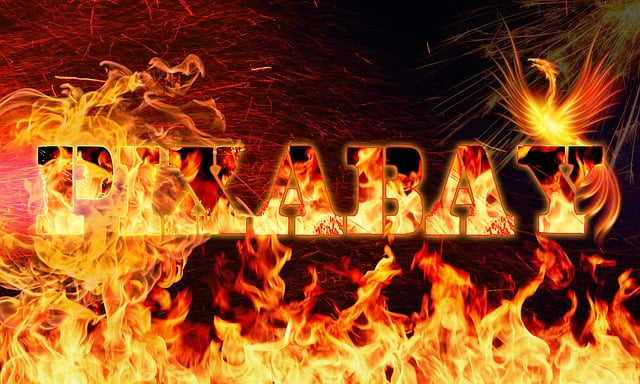
Investing in creativity has become a powerful driver for revitalizing urban neighborhoods and fostering vibrant communities. Art districts, with their diverse range of cultural attractions, are no longer merely spaces for artistic expression; they have evolved into economic engines that transform real estate landscapes. The ripple effect of this creative influx is significant—it attracts a mix of artists, entrepreneurs, and residents seeking unique, culturally rich environments. This shift leads to increased property values, as these neighborhoods become desirable destinations, attracting investors and developers who recognize the potential for growth.
Moreover, cultural hubs stimulate local economies by encouraging tourism and creating employment opportunities. The presence of art galleries, theaters, and creative spaces not only enhances the aesthetic appeal of an area but also positions it as a sought-after locale for both artists and those who appreciate their work. This dynamic can spark a chain reaction, where improved infrastructure and amenities follow, further elevating the neighborhood’s status and desirability in the real estate market.
